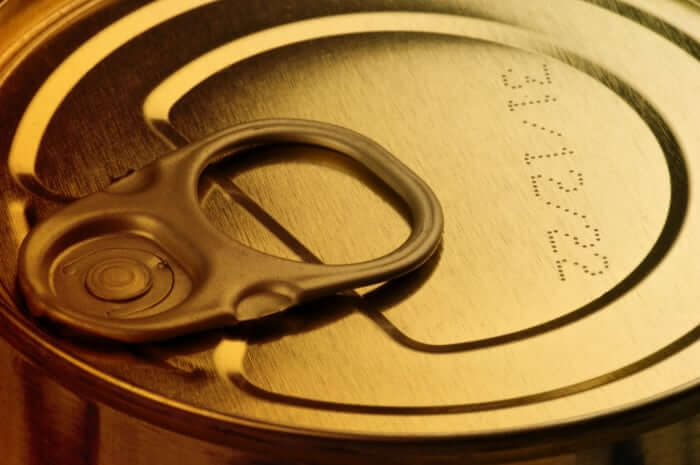Despite knowing that life is composed almost entirely of gray areas, humans naturally desire the clarity of black and white. The binary is just simpler, right? Good and bad; right and wrong; safe and unsafe. Which is how we got so invested in expiration dates. But there’s an important distinction we have to address before we go any further: Expiration dates are not expiration dates.
According to the U.S. Department of Agriculture, “food product dating” is completely voluntary for all products (with the exception of baby food, but we won’t go into that). As a result, there are a wide variety of phrases used on labels, from “Best if used by” and “Use or freeze by” to “Sell by” to describe quality dates.

Not only that, but it really has nothing to do with safety. That date is there solely as the manufacturer’s best guess as to when its product will no longer be at “peak quality,” and even that is up for interpretation. Thanks to modern preservation techniques and the availability of refrigerators to stay cool (despite us standing with the door wide open while we ponder what to snack on), our food can last for quite a while.
Of course, there’s nothing particularly wrong with following the dates if you’re unsure. But according to the Natural Resources Defense Council, 40% of food in America goes to waste, and the biggest reason why is most people are throwing out food that’s still good.
Here’s what you need to know about these confusing dates. Let’s start with what you don’t need to worry about: Canned and jarred goods are perfectly fine. As long as there’s no outward sign of spoilage (rust or bulging tops), or visible spoilage when you open it (cloudiness, discoloration or rotten smells), your canned fruits, vegetables and meats will remain tasty and safe for years.
Eggs last a long time. Like several weeks after the printed on date. Fun fact: Eggs can be packaged up to 30 days after they were laid. The sell-by stamp can be another 30 days after the pack date and they will still be good for weeks after. You’ll know it’s gone bad when it smells, well, like a rotten egg.
And despite what you might’ve been told, mayonnaise has an impressively long shelf life. That’s due to the high concentrations of fat, salt and acid—all enemies of bacteria and mold. The same goes for dried pastas, refined rice and white flour.
Dairy is more resilient than the dates portend. If you keep milk properly refrigerated, it will generally be fresh for about a week after its “sell by” date. Greek yogurt can easily last a couple of weeks after the date printed on the carton. The shelf life of cheese depends on the type of cheese, but they all tend to last beyond the expiration dates. With cheese, the appearance of the product is more important than the date on the packaging—you want to watch for mold growth. If your dairy products look and smell fine, they’re probably safe to eat.
Spices, vinegars, sauces and honey can last virtually forever. So can your vitamin supplements and over-the-counter medicine. Like spices, they’ll remain perfectly safe, the only difference is that their potency can be diminished. But they still get the job done.
The one category you don’t want to mess with? Meat. But even here, you’re better off trusting your eyes and nose. Deli meat can carry listeria which grows even in cold temperatures. A slimy texture or change in smell is a sign that the meat has gone bad. Fresh, raw chicken and fish will likely only keep in the refrigerator for two days (any longer requires freezing). Beef can last three to five days. So the expiration date is less important than your own knowlege of when it went into the fridge. So while you can be more daring with your other food, when it comes to meat, you’re best to err on the side of caution.
